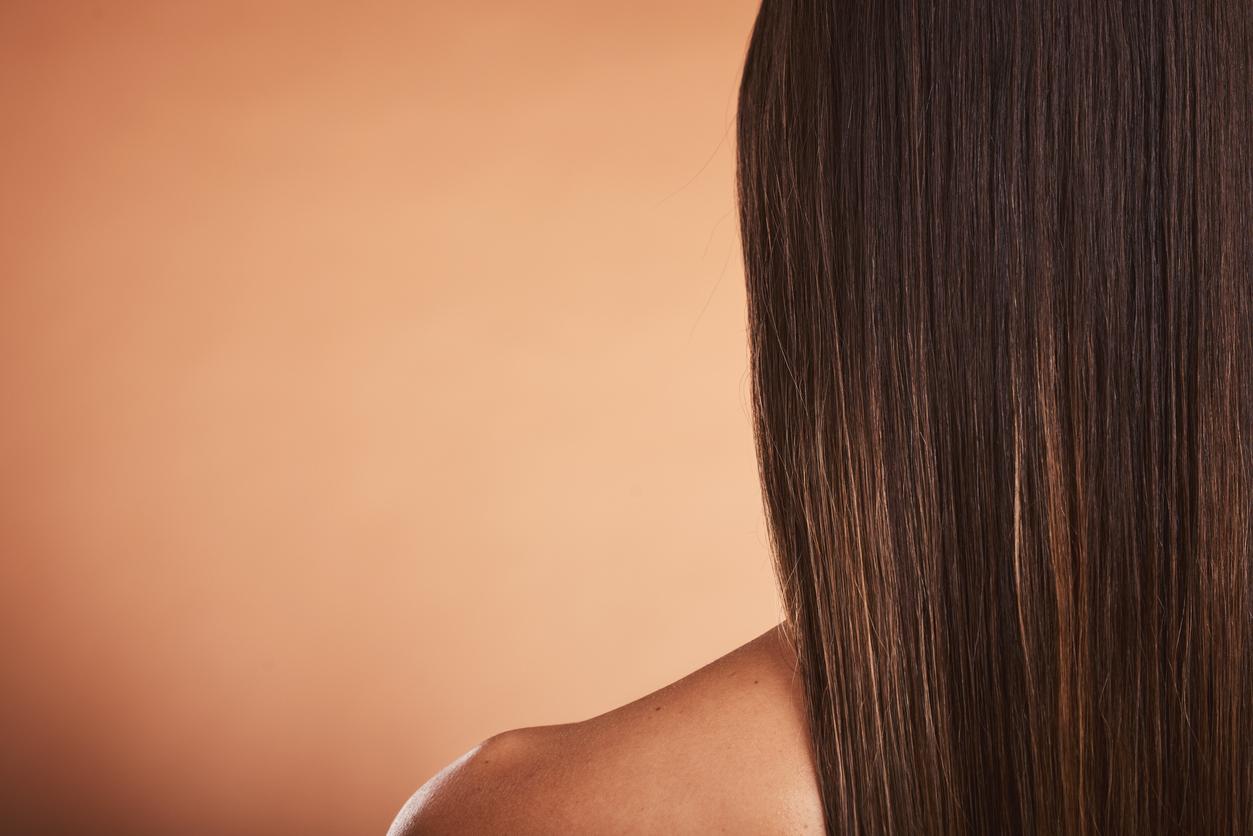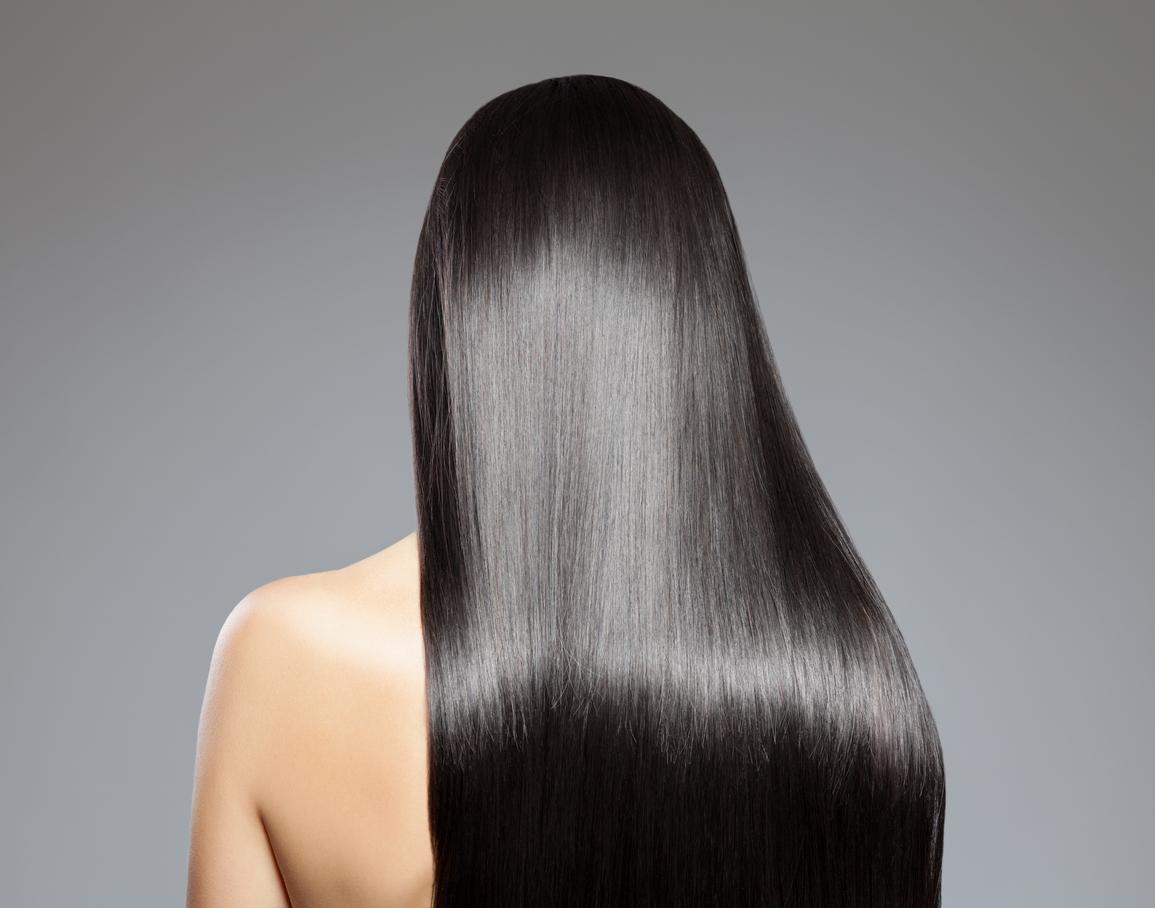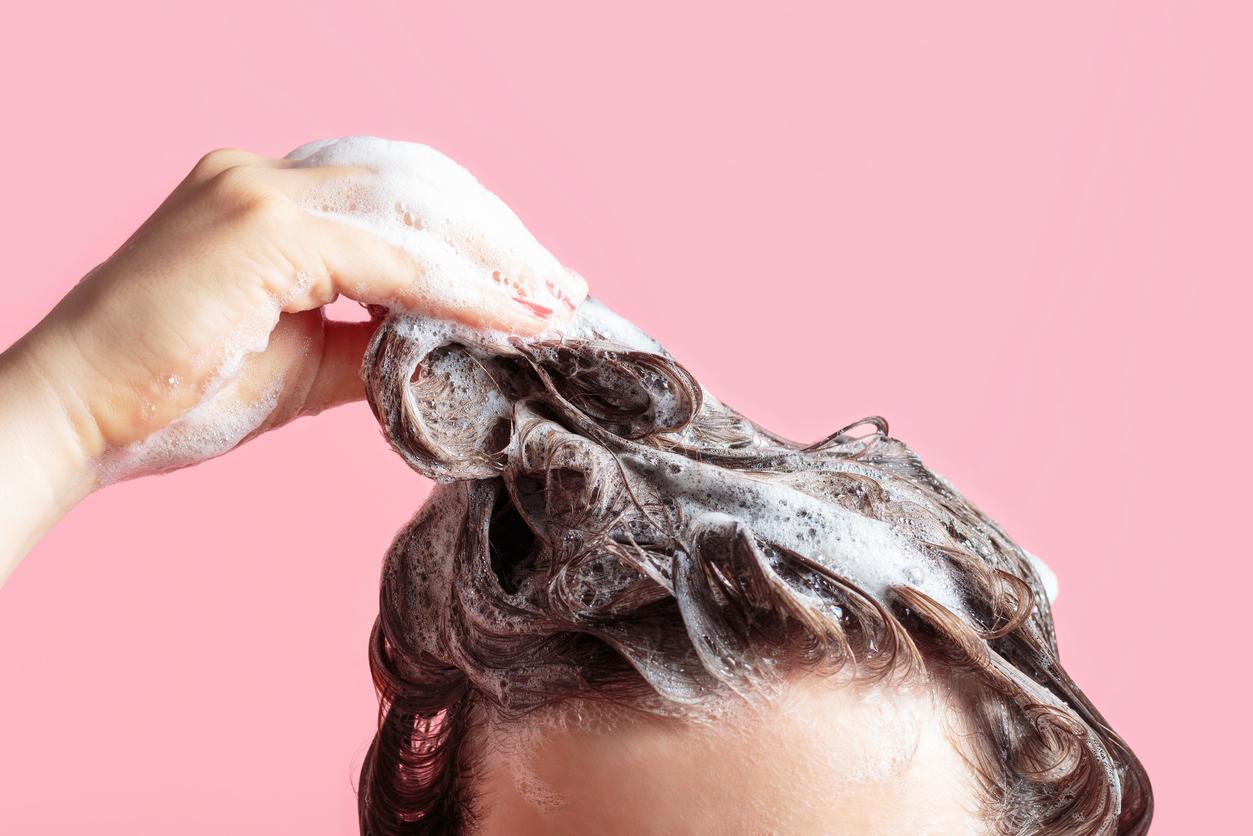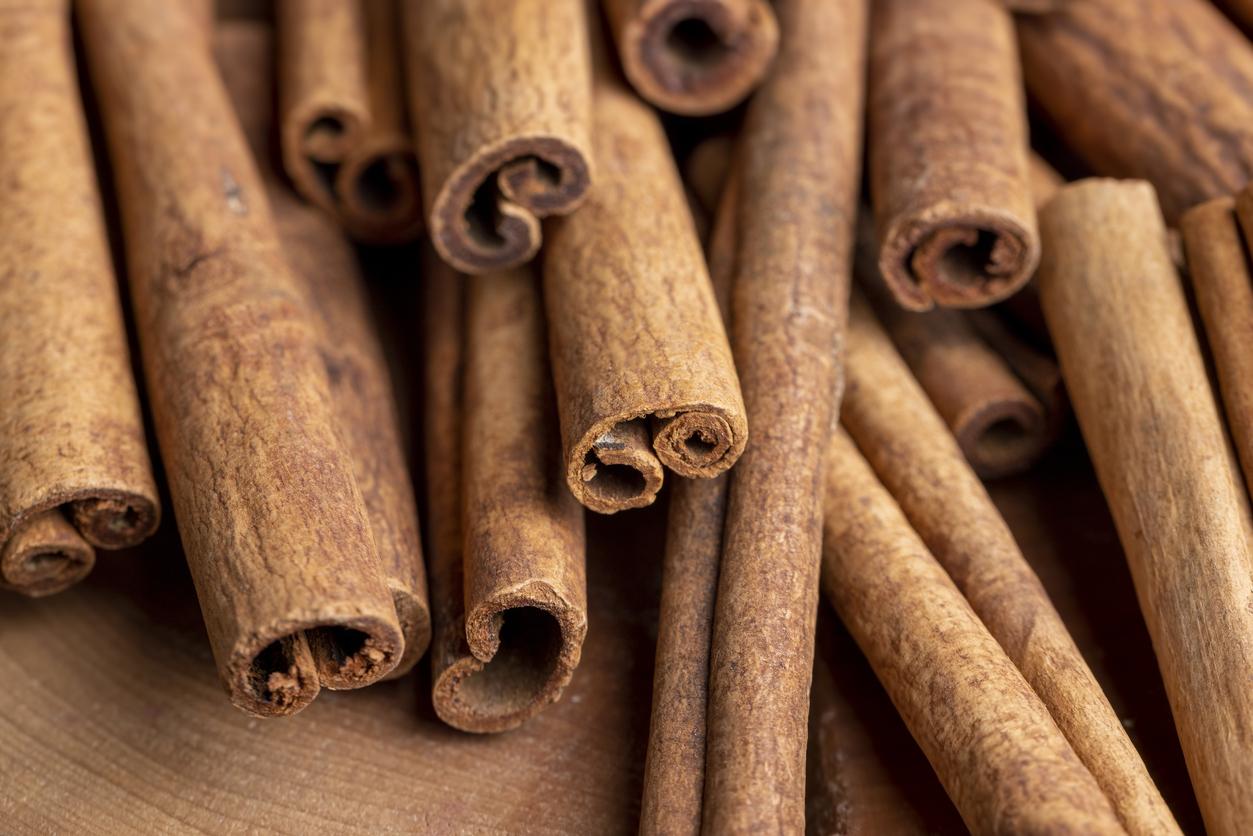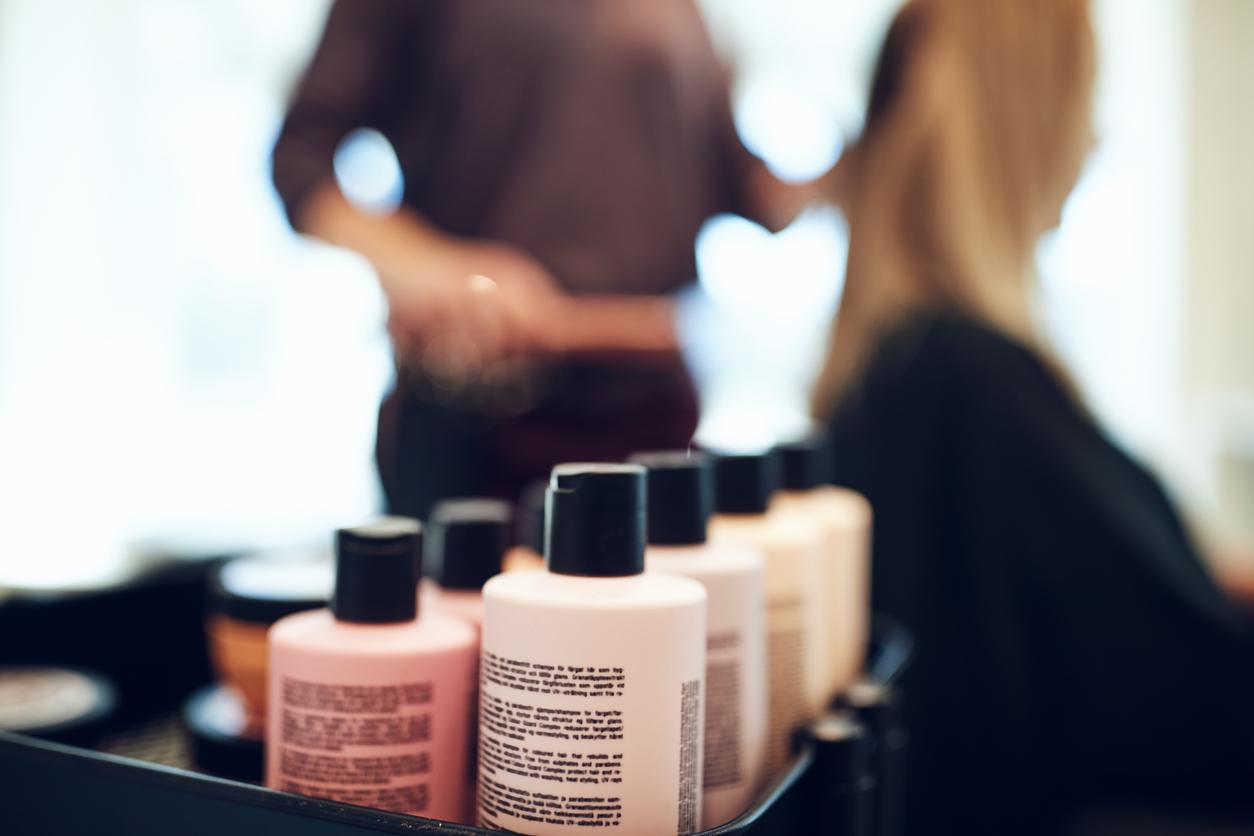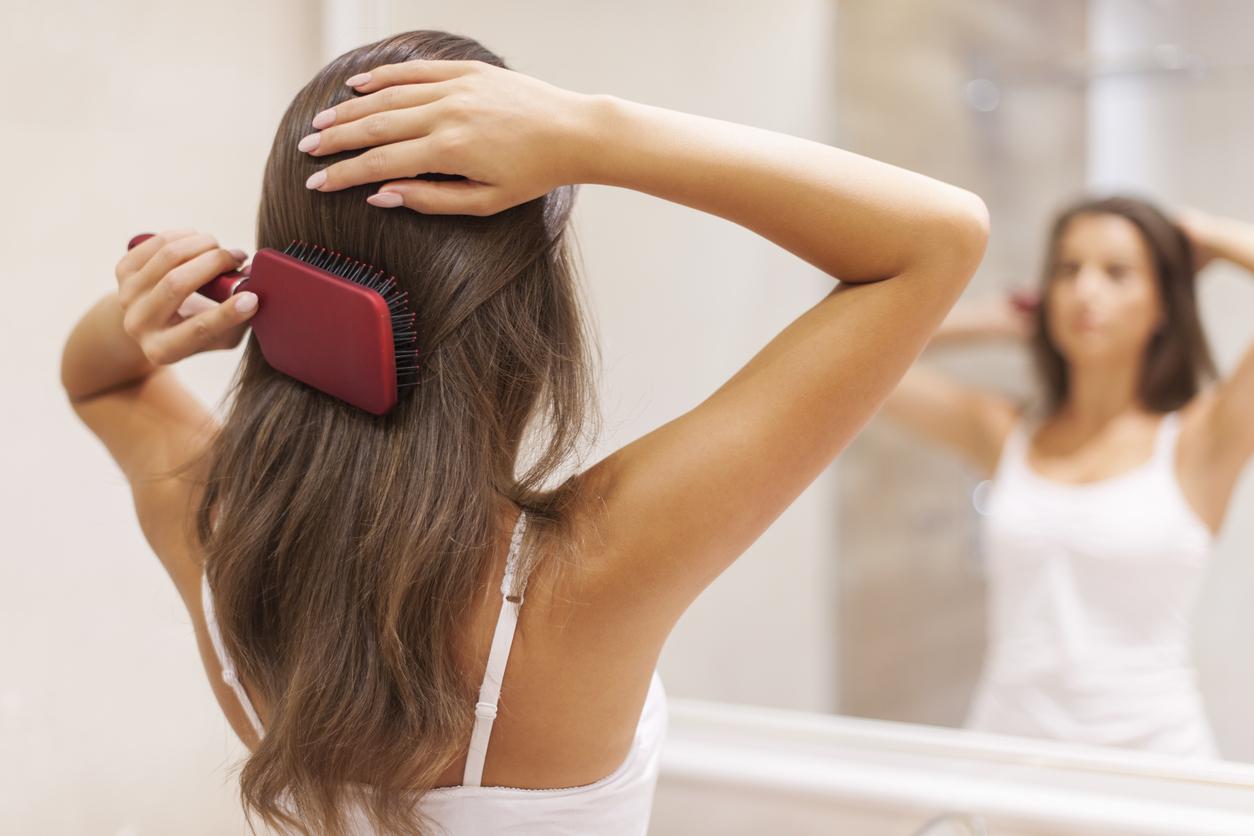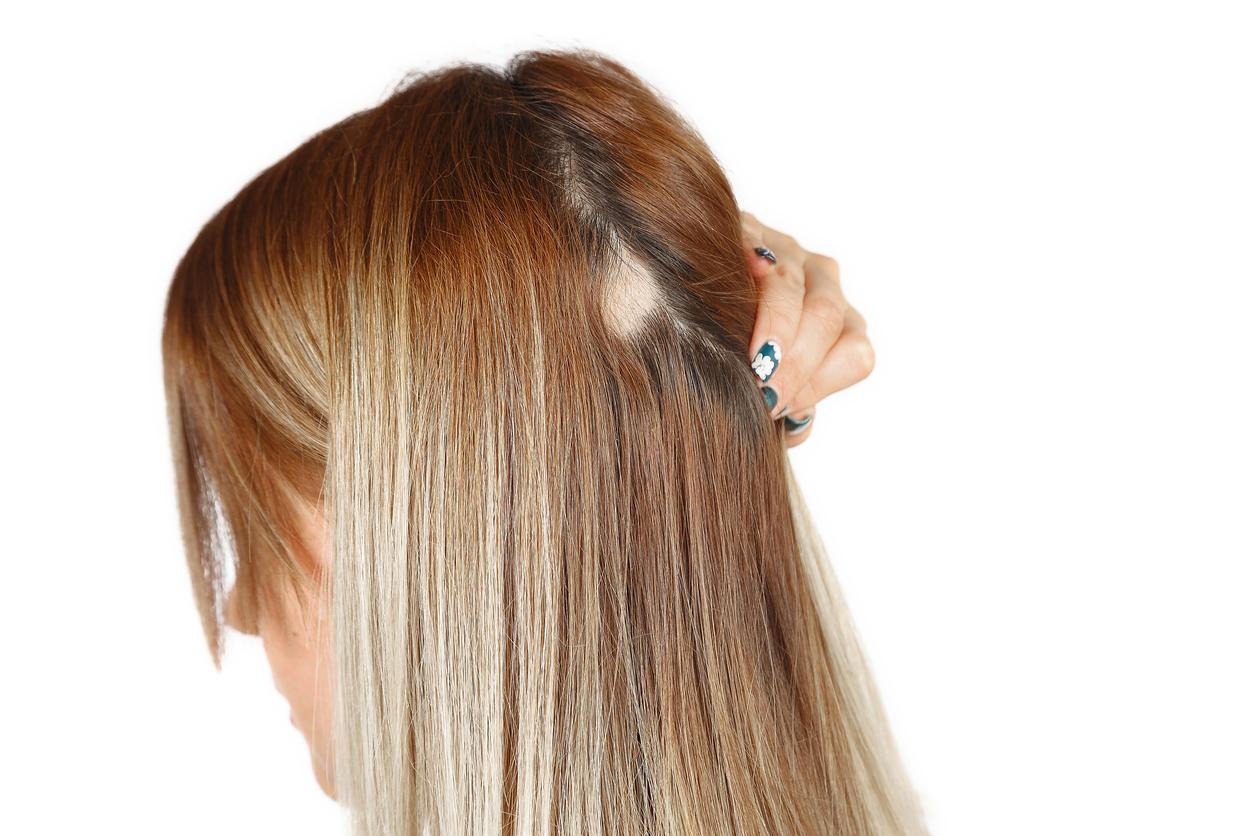- Definition: what is henna?
- Use: what is henna used for?
- What are the virtues of henna?
- Natural henna or neutral henna: which one to choose?
- Natural henna: to color the hair
- Neutral henna: to coat and purify the hair
- How to properly use natural henna?
- Does henna damage hair?
- Henna: what is its meaning?
Definition: what is henna?
Before being a powder, henna is a shrub which looks like a bush, and whose small green leaves are very rich in active molecules. They are the ones who tint the hair or the skin auburn red. In the Eastern tradition, this plant, cultivated in particular in the Maghreb, has an important symbolic charge. It is thus used to tattoo the hands and feet of young brides. In the hammam, it is used as a poultice to soften the skin. It was Egyptian women who were the first to incorporate it into their beauty rituals. The product appeared in France in the 19th century, for the first hair dyes. The leaves of this plant are dried, ground into a powder and then mixed with water to obtain a paste which can be applied to hair, skin and nails. Today there are different powders under this name.
Use: what is henna used for?
Henna can be used in different ways:
- in hair coloring;
- in hair care;
- to create temporary tattoos;
- for medicinal purposes, against dermatological problems.
What are the virtues of henna?
Henna is often used to dye hair red. But it can also be mixed with other botanicals to produce a wide range of colors, from golden blond to deep black. Unlike chemical hair dyes, henna does not contain harsh chemicals that can damage hair. He is also known for strengthen and nourish the hair, giving them a thicker and shinier texture. It can also help prevent breakage and split ends.
In addition, henna is used to create temporary tattoos on the skin. These tattoos usually last a few weeks and are a safe and natural alternative to permanent tattoos.
Apart from its cosmetic properties, henna is also used for medicinal. It is considered a natural treatment for skin problems such as eczema and psoriasis, and is also used to relieve pain and inflammation associated with them.
Natural henna or neutral henna: which one to choose?
Contrary to popular belief, there is no one hennabut two, which do not come from the same plant and should not be confused.
- THE henna natural comes from a small tree native to Iran, of the Lythraceae family: the Lawsonia inermis. It is grown in Africa and Asia.
- THE henna neutral comes from a plant of the Fabaceae family: the Cassia obovata. Native to Africa and the Middle East, it is now cultivated in Venezuela, India and the United States.
In any case, choose them pure, to make sure that they do not contain chemical ingredients or heavy metals. “Some are cut with iron powder, aluminum or lead salts, without this being mentioned on the packaging, which of course alters the quality of the product”, specifies Anna Grandjean, product manager at Centifolia. “Hence the interest of favoring recognized brands to take full advantage of the benefits of this plant. It is better to avoid buying it on the markets, for example”. Ditto for tattoos performed on vacation spots: abstain if the color is black, because the henna powder has probably been mixed with a very allergenic dye. and harmful to the skin.
Natural henna: to color the hair
When we talk about henna, it is often the latter in question. Its leaves are dried and then crushed to be reduced to powder. It contains a coloring molecule: the lawsone, which binds to keratin to color both hair and skin. It also promotes the uptake of other dyes. It is thus found in vegetable colorings where it is mixed with other tinctorial plants such as indigo, madder, logwood… “The more the plant is rich in lawsone, the more the reflections are red”, emphasizes Émilie Jolibois, Aroma-zone cosmetic ingredients research manager. The lawsone content depends on the origin of the plant: Egypt (for a result soft coppery), Rajasthan (for a intense copper) and Yemen (for a lively mahogany). It coats the hair and makes it shine.
>> How to use it?THE henna natural mixes with hot water, but not too much (50°C maximum), so as not to destroy the lawsone. In the same way, it is better to avoid mixing it with oil, yogurt or any other ingredient, so as not to alter the color setting. The exposure time is 1 to 3 hours depending on the formulas. As for a classic coloring, it is preferable not to renew the application too often to avoid an overly pigmented result.
“Unlike permanent colors that go into the fiber, open the scales and deposit their pigments inside, henna overlaps the lengths without altering the material. And it lasts up to a month and a half”, continues Anna Grandjean. This explains why traditional coloring does not hold on henna coloring, which must therefore be done on virgin hair. If you wish camouflage your white hair, Anna Grandjean recommends making a natural henna beforehand, which perfectly covers all the “silver threads”. Then, in a second step, to apply a neutral colored henna. Because brown or blond henna does not completely mask white hair: it remains visible in transparency.
Neutral henna: to coat and purify the hair
THE henna neutral comes from another plant, the Cassia obovata. Its leaves are dried and reduced to a fine powder. This product has no coloring power, but it helps to regulate excess sebum, purify oily hair and space out shampoos. Its incredible sheathing power disciplines the curls. It can even relax them if used often. It also has fortifying properties. “Rich in mucilages, neutral henna soothes sensitive scalps and fights fungus, allowing to eliminate dandruff“, explains Emilie Jolibois.
“On the other hand, it is rich in tannins which bind to the keratin of the hair and thicken the diameter of the hair. This is why it brings body as well as fine hair volume. It also contains flavonoids which strengthen the structure of the fiber and protect it from the damage of free radicals”, continues Anna Grandjean.
How to properly use natural henna?
- The basic recipe: add 350 ml of temperate water with 100 g of natural henna powder and leave to stand for a few hours. The preparation is then applied with a pause time of one to two hours, depending on the desired intensity.
- For dry or dehydrated hair: replace the water with a teaspoon of vegetable oil of sweet almond (or shea or coconut) for 100 g of henna or whole yoghurt.
- For more pronounced reflections: add the juice of a lemon to the initial preparation.
- For a more nuanced effect: pour an additional half cup of black tea into the recipe.
- To get more volume: complete the base mix with a glass of lager.
Does henna damage hair?
When used correctly, henna should not damage the hair. On the contrary, natural henna is often considered a gentler and safer alternative to harsh chemical hair dyes. As for neutral henna, it is used as hair care, to strengthen the hair and cleanse the scalp: it is therefore very beneficial.
However, not all henna is created equal. Some of them may contain additives and chemicals that can cause hair damage. It is therefore important to choose henna natural and organic, and buy it from trusted sources. Additionally, hair that is already very dry or damaged may be more susceptible to the effects of henna, as may hair that has already been chemically treated. It is therefore advisable to do a skin sensitivity test before applying henna to a large area of skin or hair.
Henna: what is its meaning?
Henna is a plant that has significant cultural and symbolic meaning in many cultures of the Middle East, North Africa and South Asia. Here are some of the most common meanings associated with henna:
- Celebration : Henna is often used to celebrate special occasions such as weddings, religious holidays and birth ceremonies. In these contexts it is used to create intricate patterns on the skin, usually on the hands and feet.
- Protection : Henna is also considered a symbol of protection against negative energies and evil spirits. Henna designs are often used as amulets to protect wearers from harmful influences.
- Femininity : this plant is associated with femininity and beauty in many cultures. Women often use henna to beautify their hands and feet, and it is often considered a form of expression of femininity.
- Spirituality : In some traditions, henna is used for spiritual rituals such as meditation and prayer. It is also considered a symbol of the union between man and nature.
Read also :
- 5 tips to make your color last
- What your hair reveals about your health
- 4 Ayurvedic recipes for hair










